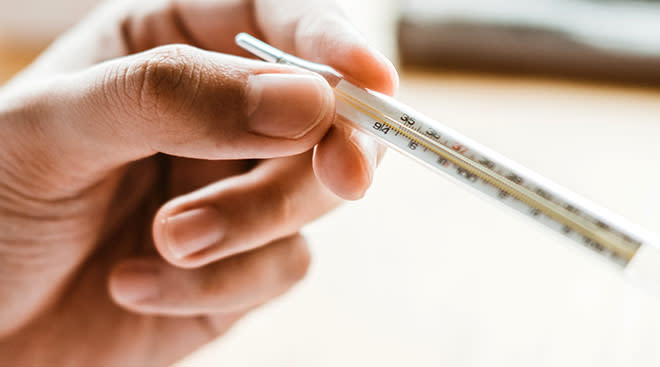General Rules for Patent Drawing
Creating a drawing for a patent is very much different from the one we did in our school days. Unlike the drawing in school, here, we have certain rules and we need to follow these rules religiously, failing which can cost a rejection in the patent application. No matter whether the drawing is a utility patent drawing or a design patent drawing we need to follow these golden rules put forth by patent offices like USPTO.
This is an article that will highlight some of these golden rules which a draft-person should follow while creating a patent illustration for an invention.
Rules for Patent Drawing
Showing features clearly: No matter whether you are showing a device, process or a design putting every feature of the invention in paper and that too accurately is important. Patent illustrator needs to document every feature of the invention accurately.
All we can say that we need to make sure that the patent examiner fully understands the feature of the item without putting stress on their eyebrows. Failure to include all the details may lead to rejection of the patent.
For example if you have a drawing of a mobile phone that has many features we need to show each feature of the mobile phone in such a way that anyone going through it can have a clear understanding of the invention.
Neatness: Even if, you present features of your invention accurately but the drawing is having some strike-throughs, over writings and alterations you risk rejection. Though it is not documented anywhere that your patent illustration should be neat and clean still patent office like USPTO want you to present a neat and error-free drawing that is readable.
Legibility: Legibility is the ability to distinguish various letters and is another criterion a professional draft person needs to follow where each text, word and image should not overlap its adjacent element. Failing to make optimum legibility could lead to rejection of your application.
Readability: Readability is another criterion that is not documented anywhere but we need to follow it during this whole process. Spacing within words, between words and between lines are such that the resulting text is again visually readable.
Visually Appealing: Not only you need to have a legible drawing but it should also be visually appealing where your drawing sheet is devoid of folds, holes and creases.
Use Metric System: Any dimension and sizing information presented in a patent disclosure will be in metric inches preferably centimeters in case of small devices we can use millimeters. Though USPTO doesn’t forbid using English Engineering Units still they prefer metric system and thus we need to follow this rule as well.
Sheet Size: Sheet size is another important criterion that we need to follow in a patent drawing. Patent office like USPTO is very specific on sheet size and allows only two kinds of sheet size a) 21 cm x 29.7 cm which is also called as A4 size and b) 21.6 cm x 27.9 cm which American people generally use.
Putting it all together we can say that creating an illustration for invention is a science as well as an art that requires adequate knowledge of regulatory norms as well as an artistic approach and thus you can do justice with your invention only if you are an experienced draft-person.





